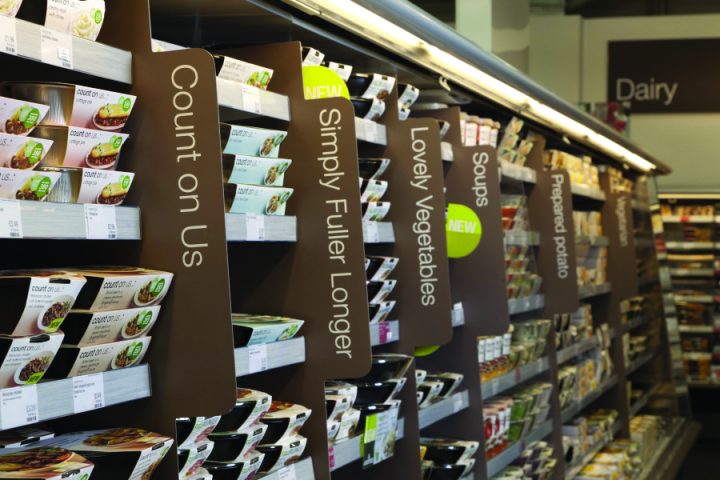According to a recent survey conducted by Nielsen, 81 percent of global consumers say it’s extremely or very important for companies to implement programs to improve the environment, so it is becoming increasingly important for those involved in retail display to demonstrate sustainable retail display.
The article looks at ways in which this can be achieved by POS display specialists.
Sustainable retail display materials
The most obvious way to demonstrate sustainability is in the connection with materials used for the displays. Obviously using unsustainable material should be avoided at all times. Ironically two materials from almost ends of the spectrum are causing consumers most upset; wood that comes from unsustainable sources & plastics.
Plastics are commonplace in retail display so it is important to ensure plastic used is either recycled or can be recycled at end of use. The public needs to made aware that not all plastics are the same, and the use of high quality durable plastics is potentially has less impact on the environment than the use of apparently more sustainable materials that require constant updating and replacing.
Sourcing material ethically is an important step in creating a sustainable manufacturing practice. There are of course many organisations that will facilitate this such as FSC, SEDEX and others. Membership of these will help create confidence in customers and, ultimately, consumers.
Sustainable Retail Display – reducing the impact on the environment
However, the choice of material is just one part of an overall model for sustainable retail display and point of sale display manufacturers and specifiers need to be aware take other factors into account. These include
- Reduce Waste. Is the maximum use being made of all materials used during the manufacturing process? No matter how sustainable, manufacturing and using any material has an environmental impact so the most efficient use of material is almost as important as the choice of material.
- Reduce Energy Use. Choosing sustainable material and then manipulating using the most energy-efficient processes is a major step towards reducing the impact on the environment. Investment in up-to-date kit and the full use of any time saving or energy-minimising features is therefore crucial.
- Reduce Carbon Footprint. This includes the above but also extends to ‘off-the-machine’ activities as well. In the manufacturing environment can energy used for heating, extraction and waste management be reduced? Can the number of times the display items are moved around the manufacturing base be reduced? Is the distribution to site carbon-neutral? Delivering an item just once is the most sustainable distribution solution; delivering damaged items to incorrect addresses the least efficient so planning and packing all contribute to improving sustainability.
- Reduce Over Production. Manufacturing only what is required is the most sustainable manufacturing option. For retail display manufacturers this not only means only making the actual number of display required- but making them to the highest possible standard so that they are durable and will not need to be replaced.
Choice of material is just one element when considering the impact on the environment of retail display, and many factors need to contribute to developing a sustainable manufacturing model.



Recent Comments